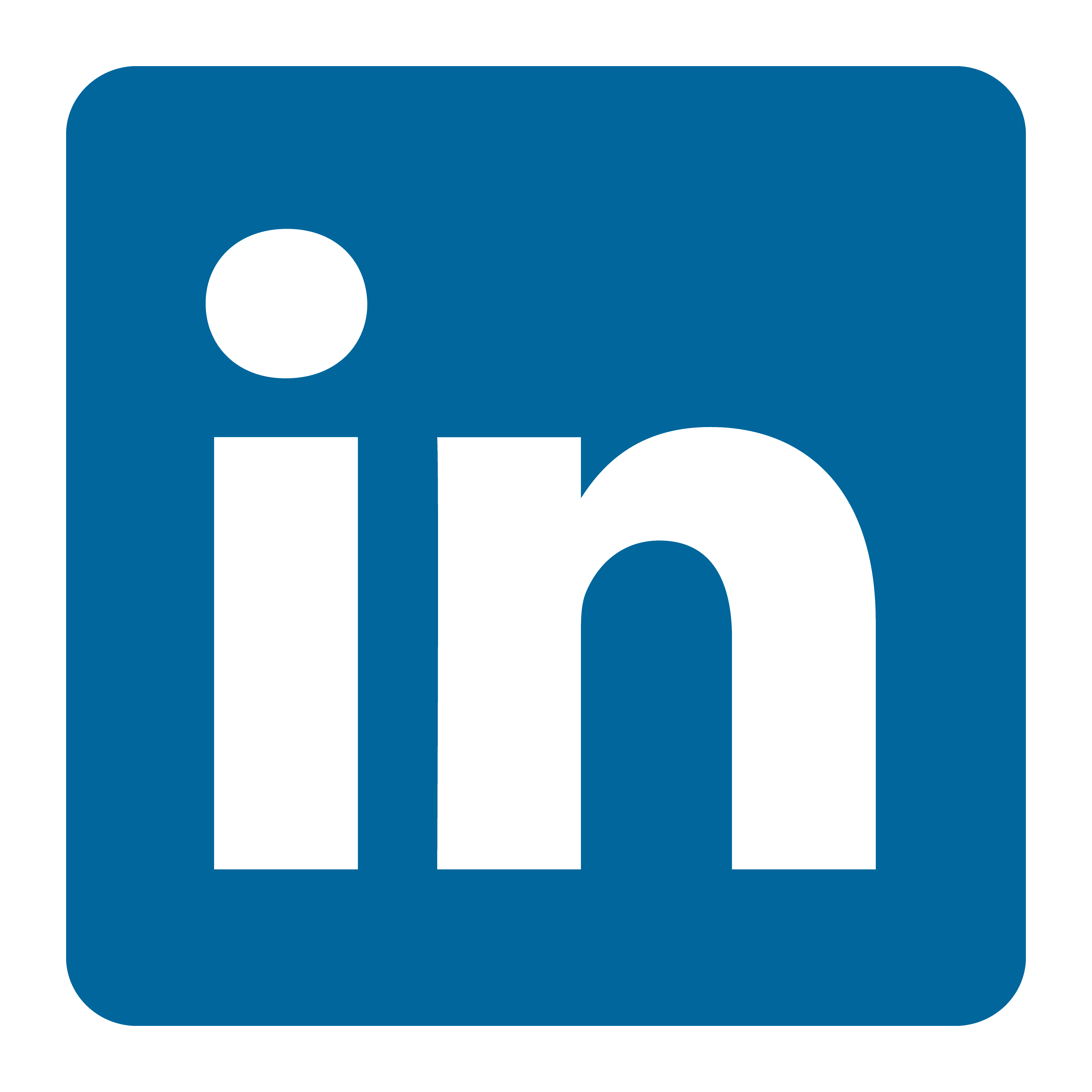The table below reports metrics concerning ads LinkedIn restricted under the misinformation policies in QRE 1.1.1.
The metrics include:
1. the number of ads LinkedIn restricted under the misinformation policies in QRE 1.1.1 between 1 July – 31 December 2024, broken out by EEA Member State;
2. the number of impressions those ads received before they were restricted. The metrics are assigned to EEA Member State based on the primary country targeting of the ad.
No ads were restricted under the misinformation policies in QRE 1.1.1 between 1 July - 31 December 2024.
The following factors may contribute to the number of ads reported by LinkedIn being lower than other platforms:
- LinkedIn is primarily a business-to-business advertising platform – that is, businesses marketing their products and services to other businesses and members in a professional capacity.
- Related, because of the business-to-business nature of LinkedIn’s advertising platform, ads on LinkedIn may cost more than ads in other settings, impacting the ads run on LinkedIn.


